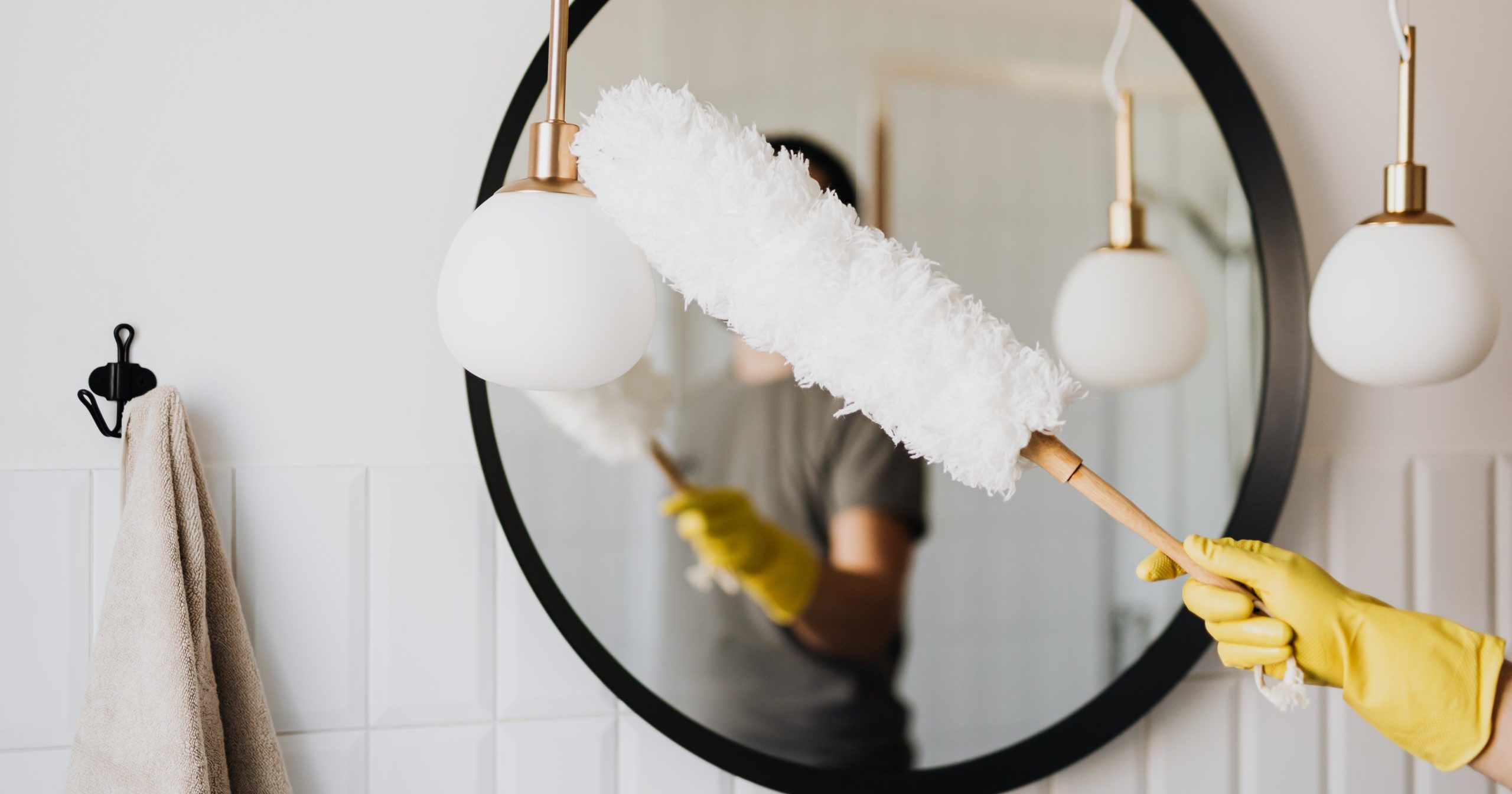
Becoming more environmentally aware and health-conscious often comes hand-in-hand with becoming a parent – we want to do the very best for our children and their wellbeing!
Unfortunately, living a ‘greener’ life can come with a hefty price tag – something that results in many of us avoiding eco-friendly choices completely. But we’re here to tell you that it doesn’t have to break the bank! When we become more eco-aware, we make more conscious choices and waste less, so we may actually end up saving money.
Another common misconception that many of us have when it comes to learning more about conscious parenting is that it’s impossible (unless you want to add at least one hour onto your weekly shopping time reading labels). What we’ve come to learn, as parents, is that the more we practice the easier it gets – until one day we’re able to shop with our eyes closed.
Ok, maybe not closed, but you get the idea.
The best way to approach conscious parenting is to start with something easy – it could be buying a house plant or switching your laundry detergent to an eco-friendly (or homemade!) alternative.
Where to begin
Everything ‘conscious parenting’ can be split into 3 categories:
- What your child eats
- What your child breathes
- What touches your child’s skin
Which, let’s face it, encompasses pretty much everything in the universe.
To make it easy, we’ve chosen seven things to ease you into conscious parenting and making eco-friendly choices as a consumer.
1. Organic food

Whether you’re pregnant, making baby purees, or feeding a family of 5, try opting for organic food whenever possible. This could mean selecting the organic carrots in the supermarket, heading to a local-produce farmers market, or eating food that’s been grown in your garden!
Being selective about what you buy and making sure that you use every last piece of food in your cooking can make this option a little more affordable.
2. Breastfeeding

Breastfeeding, when you choose to do so, is great for the environment and provides huge health benefits for your baby. The formula is costly and creates a lot of waste during the manufacturing process.
Breastmilk uses fewer resources and is an easy (and free!) way to protect the environment.
3. Diapers

Opting for reusable diapers doesn’t have to be a scary decision and, in fact, it can even save you money! Though reusable diapers require one large payment upfront, you’ll never have to buy diapers again – they can also be used for multiple children, making them even more cost-effective.
Every year, 20 billion disposable diapers are added to landfill sites throughout the US. This equates to around 3.5 million tonnes of waste, and let’s not forget, one diaper can take up to 500 YEARS to degrade!
Reusable diapers are also much more friendly to your baby’s skin as they contain none of the harmful chemicals found within regular disposable diapers.
4. Toys

When shopping for toys, look for products that are sustainably made and contain no harmful chemicals such as BPA. In our articles with gift ideas, you can always find sustainable options for every age, check those out!
If you’re on a budget, buying second-hand toys is another great way to reduce your environmental impact.
5. Cleaning products

Store-bought cleaning products contain countless chemicals that are not considered safe for babies and that also cause harm to the environment.
Babies have thin skin and breathe at a much higher rate than we do as adults, two factors that put them at a higher risk when in contact with cleaning products. When shopping for cleaning products, avoid anything with ‘perfume’ in the ingredients, or look out for eco-friendly labels.
Alternatively, you might like to make your own! White vinegar and bicarbonate of soda can be used to clean pretty much anything.
6. Quality air

As children spend a lot of their time inside, it’s important to consider the quality of the air inside your home. Here are some simple ways to improve air quality:
- Purchase a few indoor plants – peace lilies are well-known for cleaning the air!
- Use a humidifier in your child’s bedroom whilst they sleep.
- Opt for kid-safe essential oils and natural candles for delicious smells.
7. Clothes

Believe it or not, even the clothes that we use to dress our children can be harmful to their skin. Cotton, in particular, contains harmful pesticides and toxins that are not considered safe for the skin – they also put the health of farmers at huge risk, some of whom lose their lives to the effects of the chemicals that they’re in contact with every day.
Look for clothes made from organic cotton, and when your budget doesn’t extend that far, shop second-hand! Second-hand clothes may not be entirely toxin-free but they have much less of an impact on the environment.
Remember
Though becoming a conscious parent can feel overwhelming at times, it doesn’t have to be.
Here are our top tips for success:
- Make the changes slowly – simply pick one eco-friendly alternative and commit to it.
- Keep it affordable by buying less and shopping smarter.
- Become more aware of what you’re buying and slowly it will start to become second nature.
Congratulations on taking steps towards creating a more conscious lifestyle for you and your children, you’ve got this!






